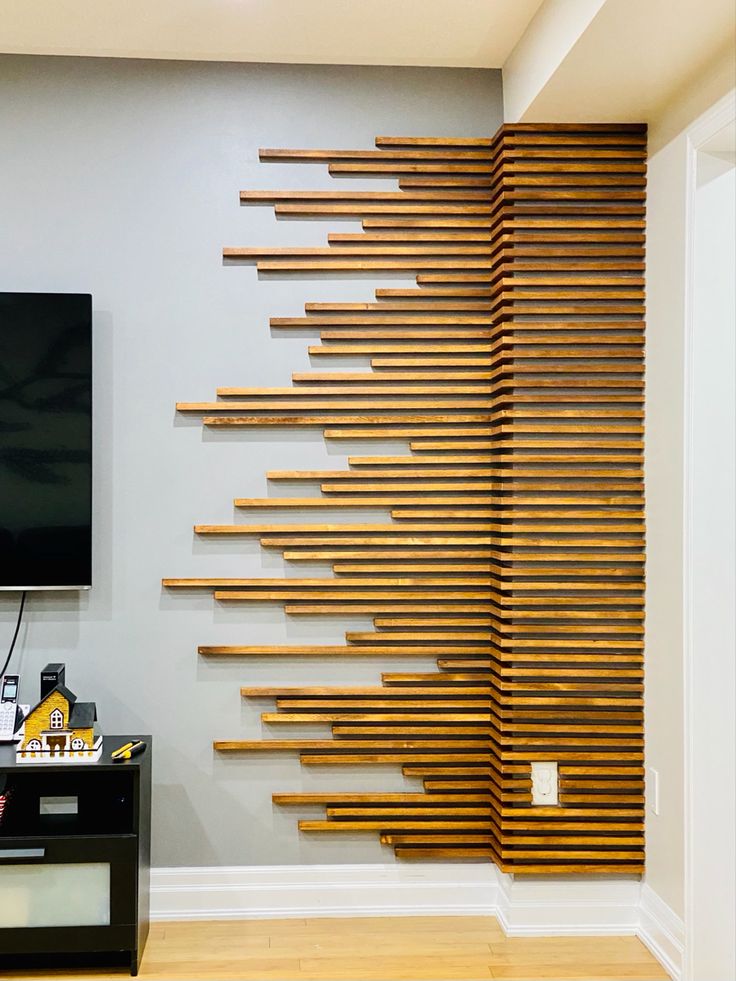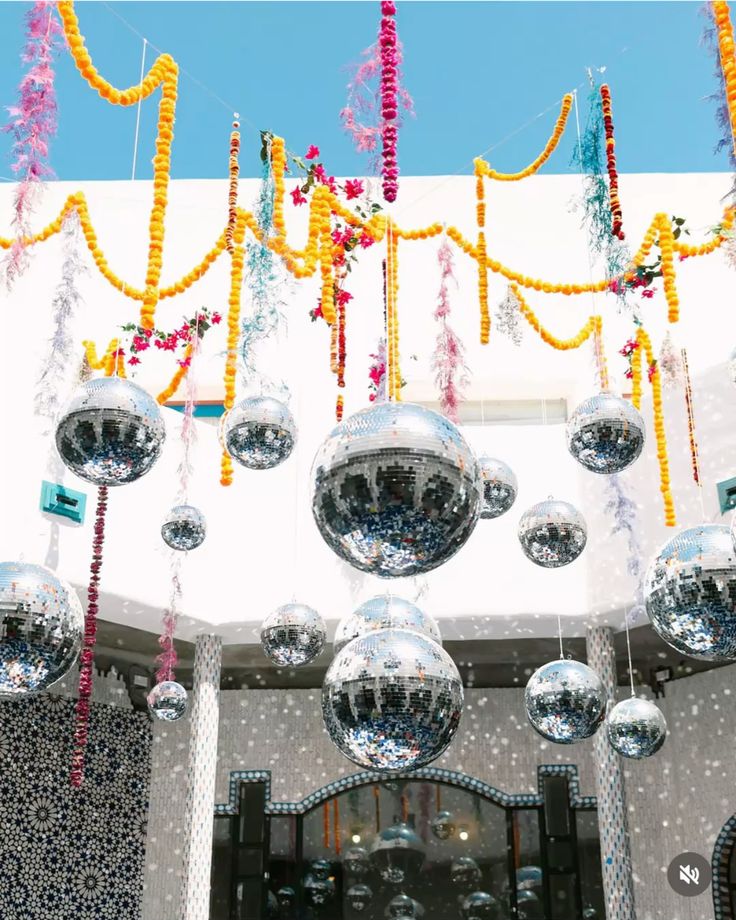An accent wall is a simple yet effective way to inject personality, color, and style into any room. Whether you want to highlight a feature, create visual interest, or set the mood of a space, a DIY accent wall can completely transform your interior. Here’s how to make a bold statement with an accent wall in your home.
FAQs about DIY Accent Walls
Q: What is an accent wall, and why is it popular?
An accent wall is a single wall painted or decorated differently from the other walls in the room. It adds visual interest and draws attention to a focal point in the space.
Q: How do I choose which wall to accentuate?
Typically, the wall you choose should be one that naturally attracts attention, like the wall behind a bed or a fireplace. It should also complement the room’s overall design and layout.
Q: What materials can I use for a DIY accent wall?
Paint is the most common material, but you can also use wallpaper, wood panels, shiplap, or even fabric to create texture and depth.
Q: How much does it cost to create a DIY accent wall?
Costs vary depending on the materials you choose. Paint is generally the most affordable option, while wood panels or wallpaper may be slightly more expensive.
Q: How long does it take to complete an accent wall?
The time required depends on the materials and complexity of the design. A painted accent wall can take a few hours, while a more intricate design, like wood panels, may take a day or more.

1. Choose the Right Wall
Select a wall that will serve as the focal point of the room.
- In living rooms, the wall behind the sofa or entertainment center is often the best choice.
- In bedrooms, the wall behind the bed is a natural choice.
- In kitchens or dining areas, you might choose a wall that highlights a dining table or cooking area.
2. Pick a Statement Color or Material
Decide whether you want a bold color, texture, or a unique pattern for your accent wall.
- Bold color: Use rich, deep hues like navy, charcoal, or emerald green for a dramatic effect.
- Neutral tone: Opt for soft tones like beige, gray, or taupe for a more subtle accent.
- Textured materials: Incorporate materials like shiplap, brick, or reclaimed wood to create a warm and rustic vibe.
3. Create a Pattern or Design
If you want a more artistic approach, consider creating patterns or designs on your accent wall.
- Geometric shapes: Use painter’s tape to create sharp lines and angles.
- Ombre effect: Gradually transition between two or more colors for a smooth, gradient look.
- Vertical or horizontal stripes: Give the room a modern and dynamic feel with simple stripes.
4. Use Wallpaper for a Quick Update
Wallpaper offers endless design possibilities, from florals to metallic patterns.
- Choose peel-and-stick wallpaper for a budget-friendly and removable option.
- Use wallpaper to create an eye-catching focal point with minimal effort.
5. Install Wood Paneling or Shiplap
For a rustic or coastal look, wood paneling or shiplap is an excellent choice.
- Install vertical or horizontal panels for a classic farmhouse aesthetic.
- Stain or paint the wood for a more customized look that fits your style.

6. Incorporate Wall Art or Shelving
Enhance your accent wall by incorporating wall art, mirrors, or floating shelves.
- Hang a large piece of artwork or a gallery wall to make a statement.
- Install shelves to display plants, photos, or decorative items.
7. Add Lighting to Highlight the Wall
Accent lighting can elevate the wall’s presence and make it stand out even more.
- Use wall-mounted sconces or track lighting to highlight the wall’s design.
- LED strips behind shelves or artwork can add depth and visual appeal.
Final Thoughts
A DIY accent wall is an easy and affordable way to add instant personality to any room. With a little creativity and the right materials, you can create a stunning focal point that reflects your personal style. Get started today and let your accent wall become the heart of your space!





